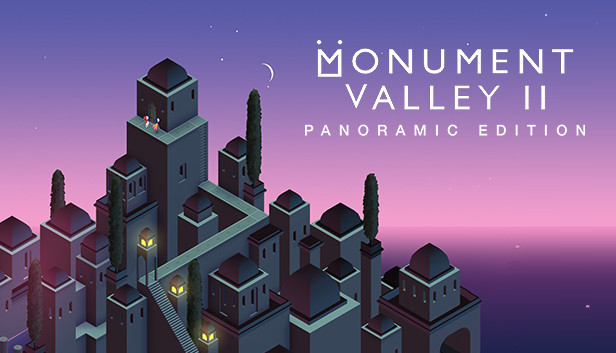After the distant mobile beginnings, the two Monument Valley are back on PC in a modernized way and including all post-launch content.
The mobile gaming industry is seldom referenced for its ability to churn out great masterpieces, but it is true that some nice exceptions to the rule has indeed surfaced over the past few years. In this sense, the Monument Valley diptych certainly represents one of the best examples: the two puzzle games of Ustwo London team they have in fact been able to demonstrate that, with good design ideas and a precise stylistic code, there is no technological limit that can prevent a video game from standing out.
We are talking about a particular pair of puzzles, whose playful pictures are clearly inspired to Escher’s geometries, the celebrated and visionary Dutch artist; a formula, that of the Monument Valley, perfectly at ease among tactile controls, which nevertheless would have deserved space even on more traditional interactive shores. The good news is that Monument Valley 1 and 2 have recently landed beyond the borders of smartphones and tablets, conquering the PC lands with two new versions called Panoramic Edition – or Panoramic Collection, if purchased together – born juxtaposed to adapt to larger screens and including all the material distributed after the original releases in order to enrich the two basic packages, wonderful for quality but exhausted in a snap of your fingers.
In perspective
A silent princess, an ethereal and suspended world, a series of manipulable architectures. After all, these three are the elements that, in 2014, allowed the first Monument Valley to break through the hearts of mobile users, who suddenly found themselves guiding that mysterious avatar dressed in white from the beginning to the end of ten routes. almost linear, one tap after another.
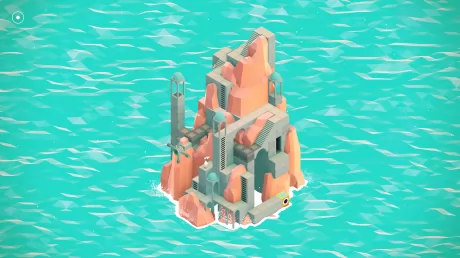
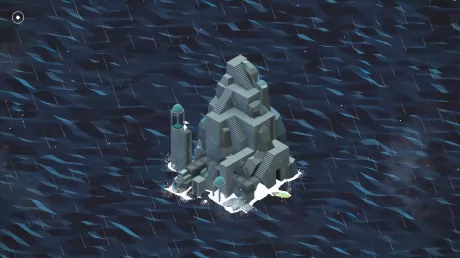
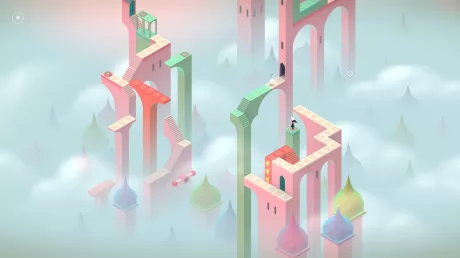
The “almost” is a must because, as mentioned, the structures placed along the path – bridges, towers and so on – can be pushed here and there by the player, by way of great puppeteer, to allow the character to advance towards the goal. The operation, combined with the opportunity to indicate to the protagonist where to place herself step by step, is really fundamental for the purposes of the game as, in fact, she is able to change part of the spatial conformation in a more or less drastic way. And that’s where the Escherian component, given that moving, raising and lowering platforms serves to continue, but by exploiting the visual paradoxes that are regularly created by touching the setting. In the logic of Monument Valley, reaching a mezzanine does not necessarily mean climbing a flight of steps: it is often enough to turn a lever to rotate the platform below and create a direct connection with the upper level, bending the isometry of the frame to your needs. The result is the alternation of environmental puzzles that are all in all simple to solve but very ingenious, made even more satisfying thanks to the excellent artistic figure chosen to create an equally cryptic, nevertheless fascinating story.
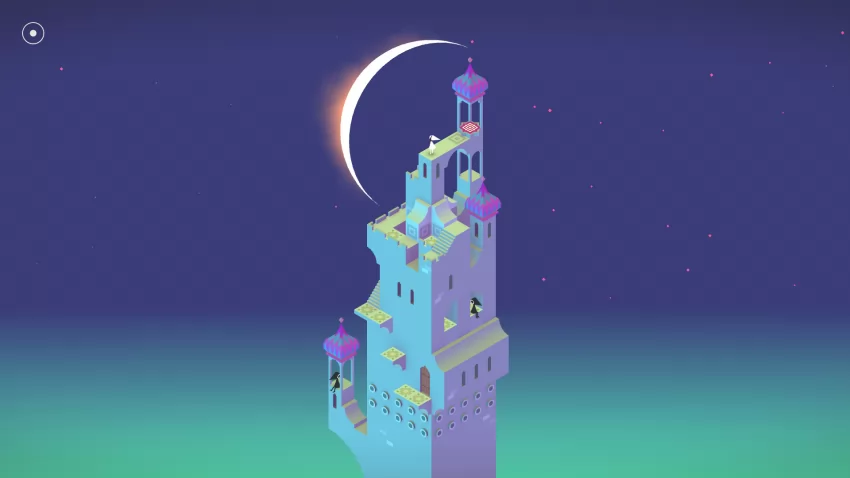
What Monument Valley 2 did in 2017 was none other than resume this recipe, already in itself very centered, and expand it in favor of both a longer duration of the experience and, partially, of some new, or at least enriched, playful mechanics. From the use of two characters simultaneously on the field – a trick that has benefited the gameplay as well as the narrative, here more articulated – to the possibility of curving passages otherwise in a perfect straight line, all the new ingredients give the sequel a clear reason for being. , bringing to the attention of those sitting on this side of the screen another sought-after, dreamy adventure, unforgettable in its own way.
New, old trips
So special and yet so fleeting – episode two, the longest running, ends in about ninety minutes – fortunately Monument Valley were not left to fend for themselves in the periods following their respective market launches. There were two DLCs dedicated to the first chapter, Forgotten Shores and Ida’s Dreamwhile Monument Valley 2 benefited from only one expansion, titled The Lost Forest. Small but significant additions that, needless to say, are proudly present in the two new “panoramic” computer ports.
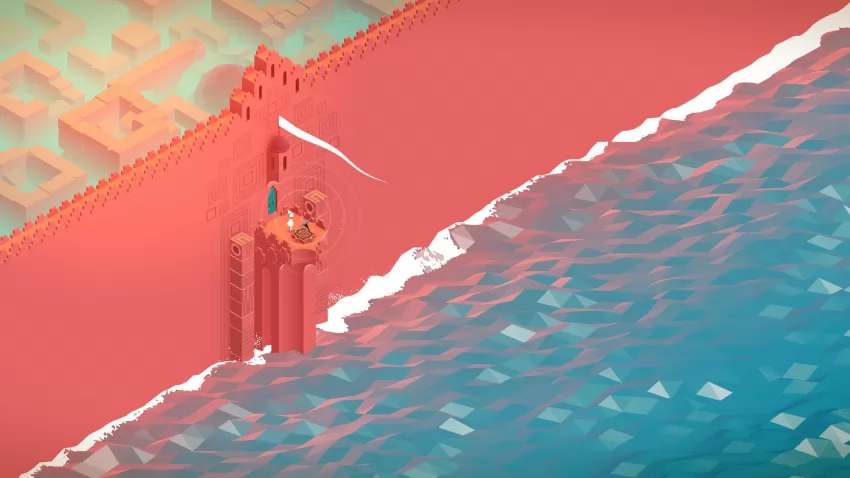
Completeness of content aside, the work carried out by the Panoramic Editions cannot ignore the obvious technical adaptation operation from the previous touch versions to the unexplored mouse and keyboard habitat. Not that there is much to say about it: the “move and drag” equation does not lose its polish once it is moved to the tip of the cursor, as is common to many puzzle proposals of the same ream. The graphic aspect also benefits from some retouching, modernized just enough to coexist with new generation monitors or panels. Small refinements in favor of two titles that know how to be tasted in their every single creative twistToday more than ever.
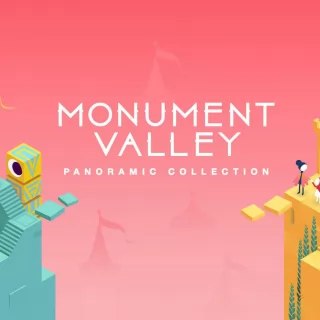
Monument Valley Panoramic Collection: PC Analyzed Version The Monument Valley Panoramic Collection represents, for PC users, the right opportunity to finally get their hands on one of the most successful puzzle series of the last decade. Among the dioramas of these two splendid puzzle journeys are hidden qualities of superfine game design and an incredible flair, elements that easily compensate for an overall amount of hours that some, rightly, might consider unsatisfactory. Two titles, in short, which end in the space of an afternoon, but which have all the potential to be remembered for a long, long time.
